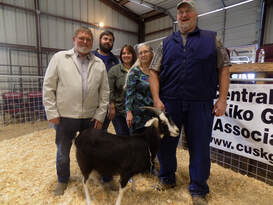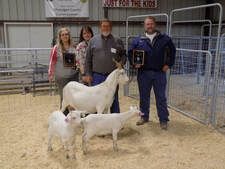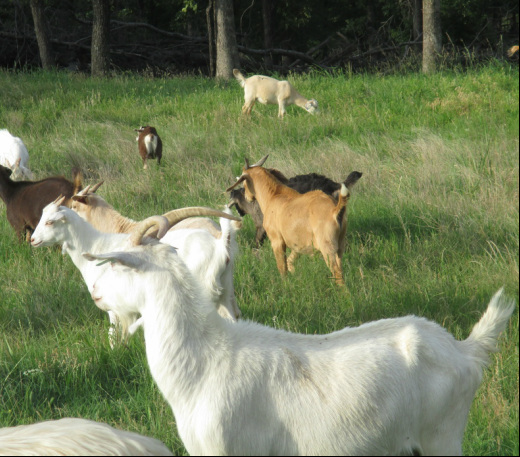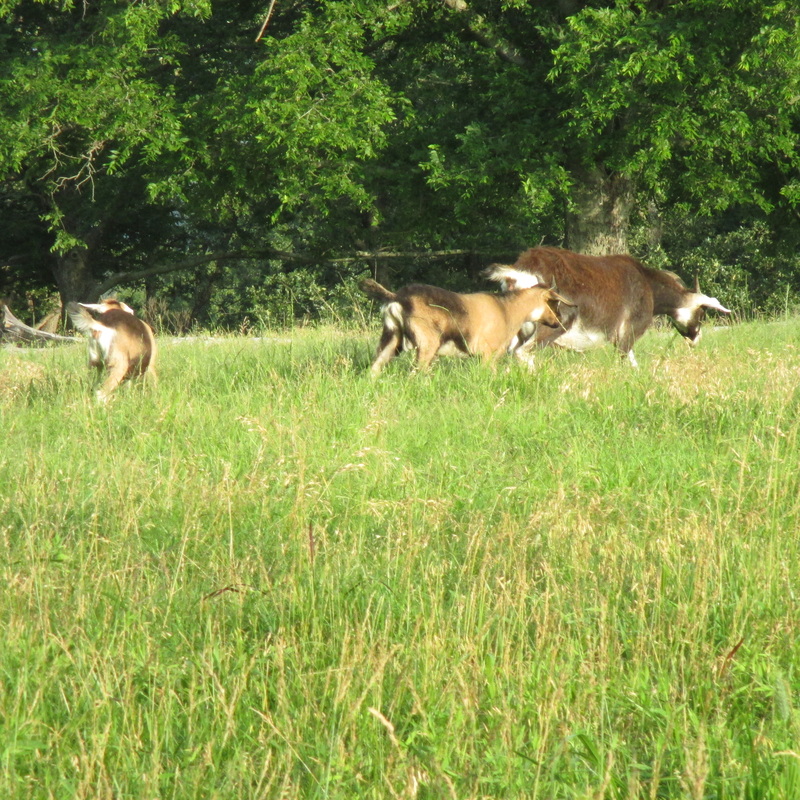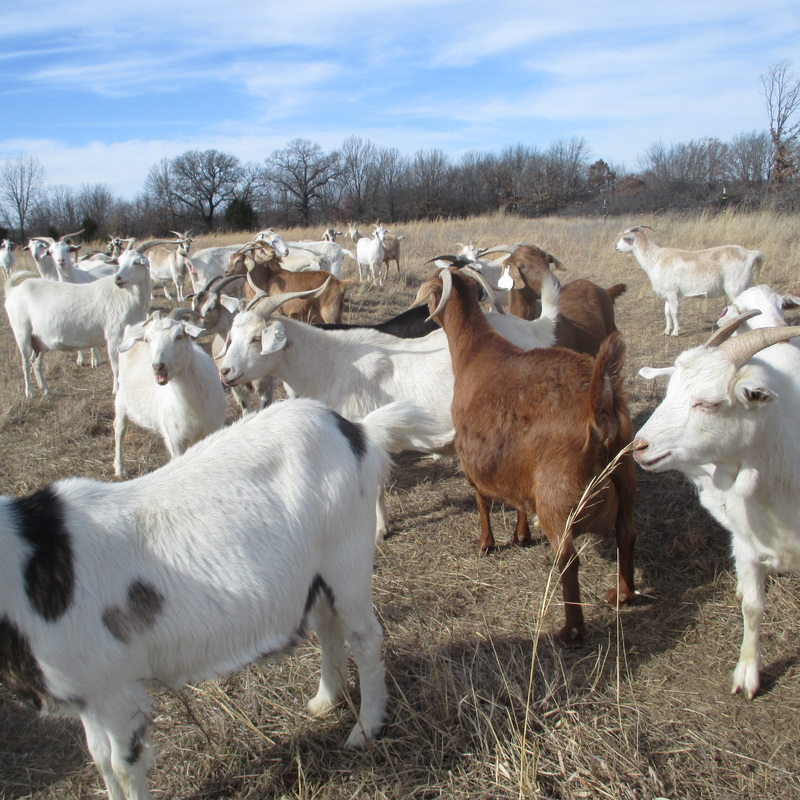|
|
|
|
Kiko goats are bred for meat originating in New Zealand. They are prized for hardiness and profitability as meat animals. While the breed was originally created and solidified in New Zealand, these goats are currently found in many locations, particularly the United States. Its ability to survive and thrive in harsh conditions make many people consider these goats a highly profitable breed to own. The word kiko is the Maori word for meat. These animals were bred for a singular purpose. While all goats can be eaten, not all goats reach an edible size quickly, and many require large amounts of food to reach that size. Kiko goats were created to avoid these problems in goat meat production, and it is claimed that the breed provides the most profit with the least input of resources, such as time, land, or food.
Initial development of kiko goats began with Garrick and Anne Batten in New Zealand. They were later joined in their project by Goatex Group Limited. Initially, the breed was created by crossbreeding New Zealand's feral goat population with Anglo Nubian, Saanen, and Toggenburg breeds. The original feral goats were descendants of goats imported from Britain, as well as Angora goats, they had developed into survival-focused animals but with limited meat yield. Selective breeding and crossbreeding continued, focusing on survivability and growth rate. In 1986, the breed was dramatically improved from the original feral stock and the breed was officially established. No more crossbreeding was used, although the breed continued to improve with selection of the best specimens of kiko goats. Kiko goats are typically white, although many are colored. Females are known to be good milk producers, allowing the breed to sustain more twin births. The animals grow relatively quickly to a harvestable size without much additional feed, which is one of the breed’s main selling points. The reputation of kiko goats maintains that the animal can live almost anywhere eating almost anything and still reach a size desirable in a meat animal. This is because these goats browse efficiently and convert most energy into meat production. Although raised to survive in the hills of New Zealand, a kiko goat is able to thrive in mountains, dry areas, and other unconventional farmland. These characteristics are what make kiko goats so desirable for both large and small goat operations. |
|
